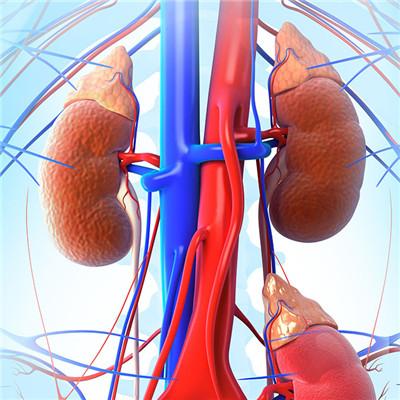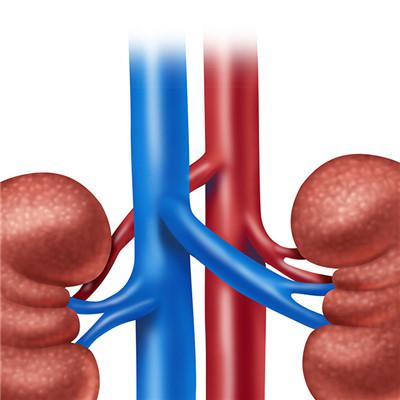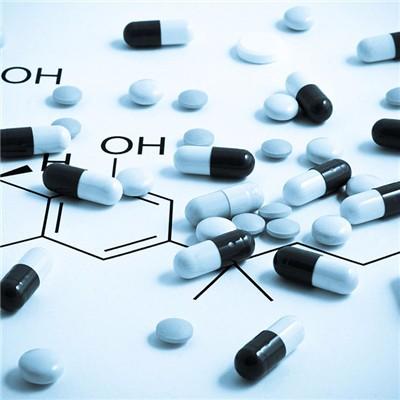Symptoms of renal tubular acidosis
summary
Renal tubular acidosis (RTA) is caused by the obstruction of the establishment of hydrogen ion (H +) gradient between the lumen and peritubular fluid of the distal renal tubule, or (and) the disturbance of the reabsorption of bicarbonate ions in the proximal renal tubule. Although some patients have renal tubular acidosis dysfunction, but there is no clinical manifestation of acidosis, it is called incomplete RTA. According to the lesion location and pathogenesis, RTA can be divided into proximal tubular RTA, hypokalemic distal tubular RTA and hyperkalemic distal tubular RTA. So let's talk about the treatment of renal tubular acidosis?.
Symptoms of renal tubular acidosis
In order to correct acidosis, we should supplement alkali, and use citric acid mixture. This mixture can not only supplement alkali, but also reduce the formation of renal calculi and calcification. You can also take sodium bicarbonate.

After taking citric acid mixture to prevent and treat renal calculi, renal calcification and bone diseases, urinary calcium will be mainly excreted in the form of calcium citrate with high solubility, which can prevent renal calculi and calcification. Calcium and calcitriol should be used carefully in patients with severe bone disease without renal calcification.

Supplement potassium salt, often oral potassium citrate. Pay attention to the light diet, less oil and less salt.

matters needing attention
1. Hyperchloremic metabolic acidosis due to the obstruction of H + secreted by renal tubular epithelial cells into the lumen or the diffusion of H + in the lumen back to the periphery of the tube, the titratable acid and ammonium ion (NH -) in the urine of the patients decreased, and the urine could not be acidified to pH













